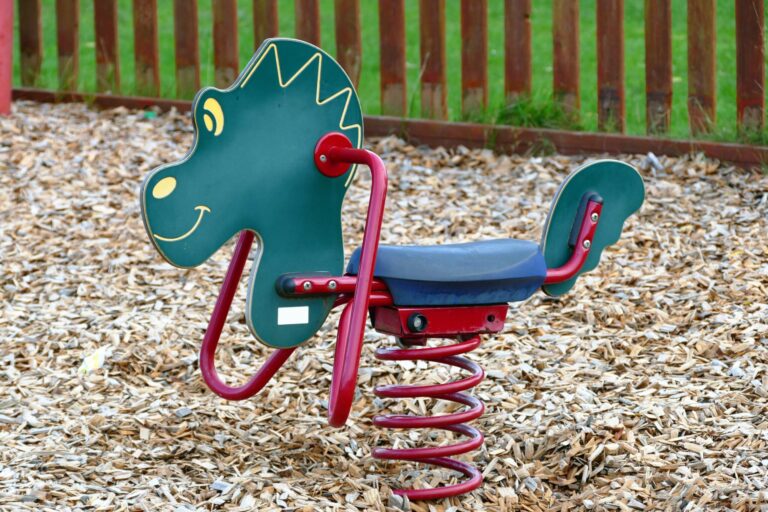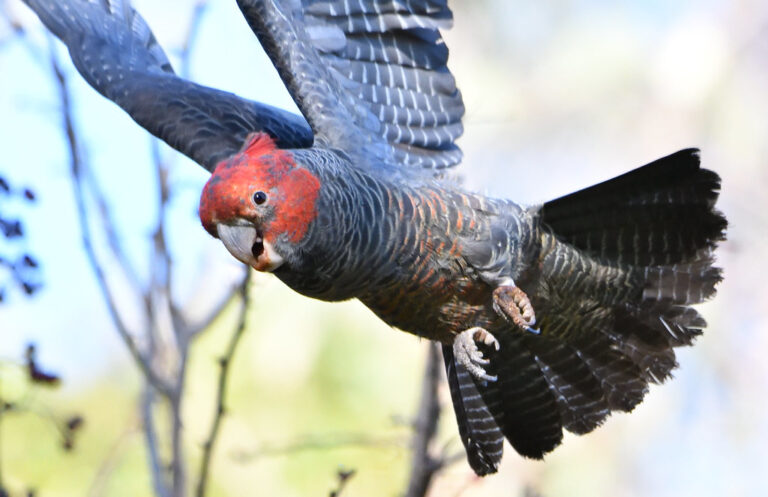
Letterly
We Australians might be accustomed to sulphur-crested cockatoos squawking in our backyards, but have you heard of gang-gang cockatoos? Gang-gangs are an endangered type of cockatoo that predominately lives in parts of the eastern coast of Australia, and there are at least two living near a storm-water drain in the inner south of the ACT!
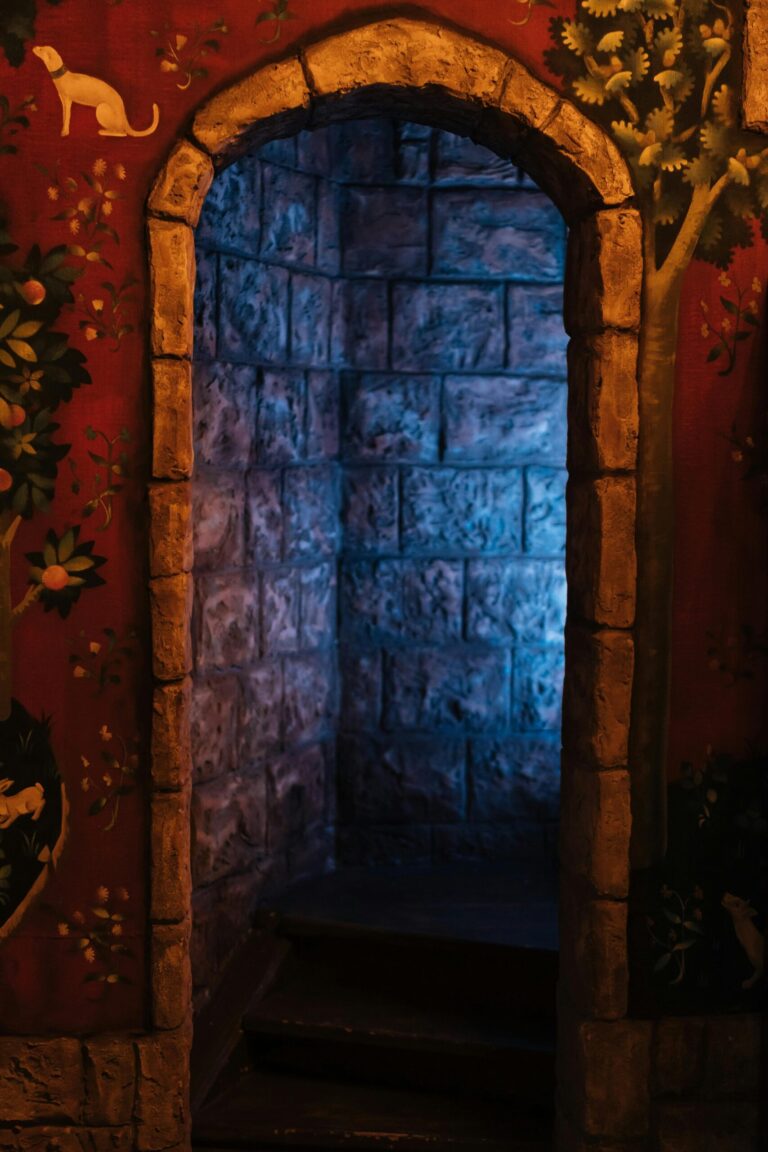
Letterly
Wizard of Oz Slippers Auctioned for $28 Million The iconic ruby slippers worn by Judy Garland in The Wizard of...
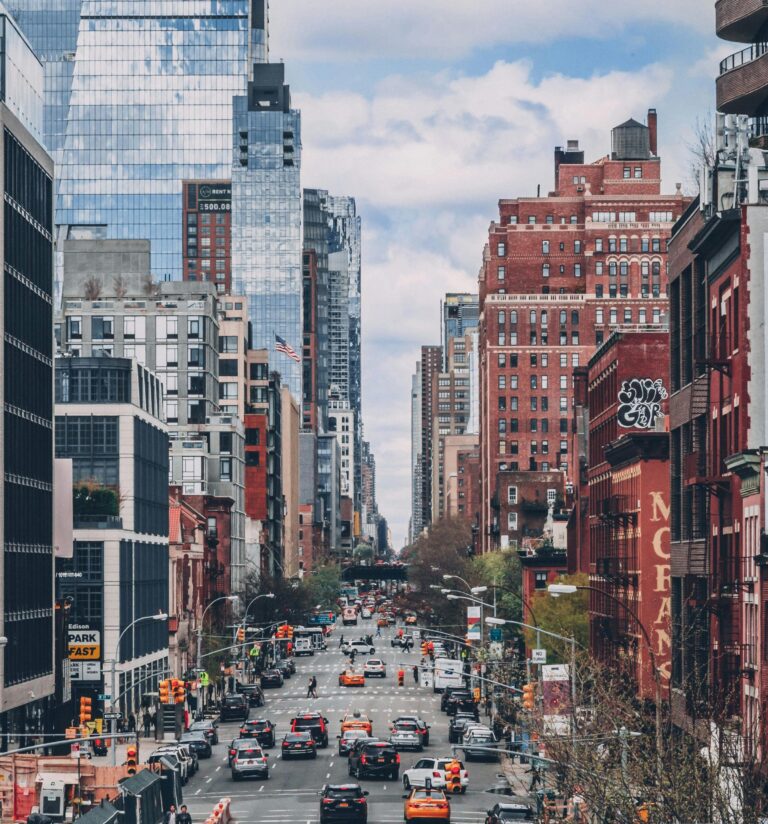
Letterly
5 New Laws for New York Governor Kathy Hochul has signed nearly 700 laws that impact various people. As we...
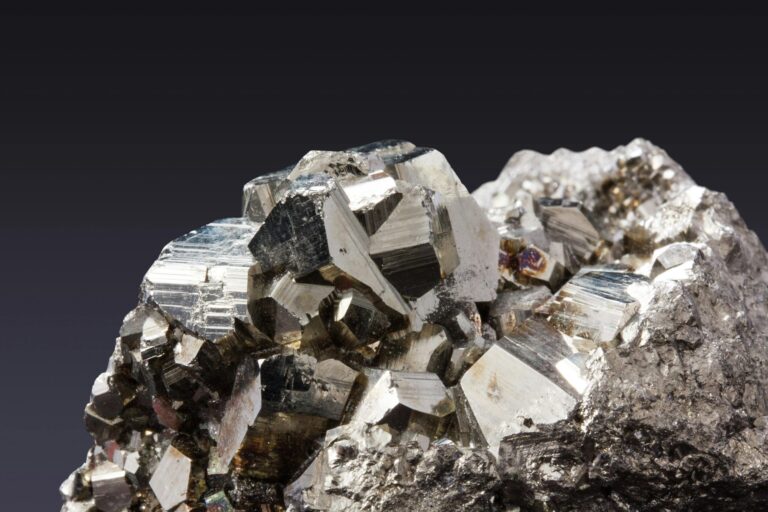
Letterly
A deep-sea mineral spire, known as Bikpela, (Big Bug in Tok Pisin, a creole language spoken throughout PNG) and first discovered in 2000 by both Australian and Papua New Guinea researchers, is going on display for the first time. Taking pride of place at the Australian National Maritime Museum’s exhibition Ultimate Depth: A Journey to the Bottom of the Sea, the spire has given valuable information about the undersea world.

Letterly
A deep-sea mineral spire, known as Bikpela, (Big Bug in Tok Pisin, a creole language spoken throughout PNG) and first discovered in 2000 by both Australian and Papua New Guinea researchers, is going on display for the first time. Taking pride of place at the Australian National Maritime Museum’s exhibition Ultimate Depth: A Journey to the Bottom of the Sea, the spire has given valuable information about the undersea world.
Winners
Read top pieces written by previous winners of the Letterly Writing Competition, and be amazed!
Current Events

Letterly
Fires Break Out At Bryant Park Herald Square Holiday Markets Nina He On Friday, December 27th, a fire erupted at...
Letterly
Severe Weather Wreaks Havoc on Holiday Travel Major travel problems across the US on December 28th caused by extreme weather...
Letterly
Changes to Christmas in the Middle East Airstrikes instead of snow, and funerals instead of celebration, Christmas is looking unusually...
Letterly
Burning of Christmas Tree Shows Concerning Trend in Syria By Irene Footage of the burning of an artificial Christmas tree...
Letterly
"Christmas tree burning sparks Christian protests” The protests in Syria over Christmas tree burning were mainly caused by the burning...
Science & Technology

Letterly
We Australians might be accustomed to sulphur-crested cockatoos squawking in our backyards, but have you heard of gang-gang cockatoos? Gang-gangs are an endangered type of cockatoo that predominately lives in parts of the eastern coast of Australia, and there are at least two living near a storm-water drain in the inner south of the ACT!
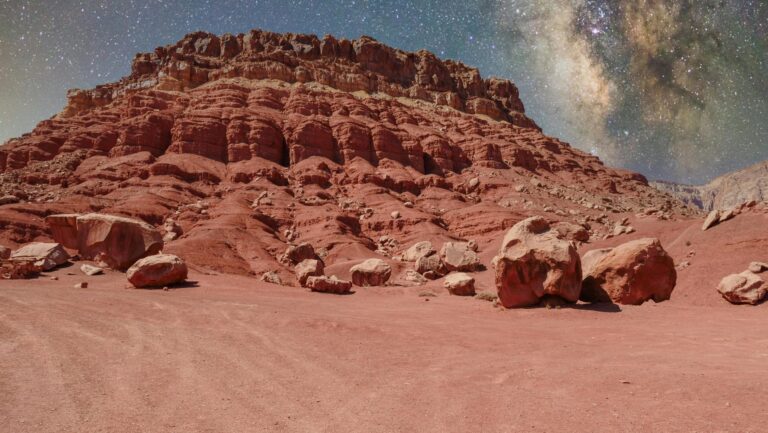
Letterly
As SpaceX’s Starship achieves successful test flights late last year and NASA’s Curiosity and Perseverance rovers uncover vital resources like water ice throughout the year, the dream of making Mars habitable is no longer science fiction. However, as debates about Earth’s pressing challenges and the costs of space exploration grow, the question arises: Should we embark on this journey? Mars colonisation is an inspiring step forward, one that has the potential to benefit humanity in countless ways. Here’s why.
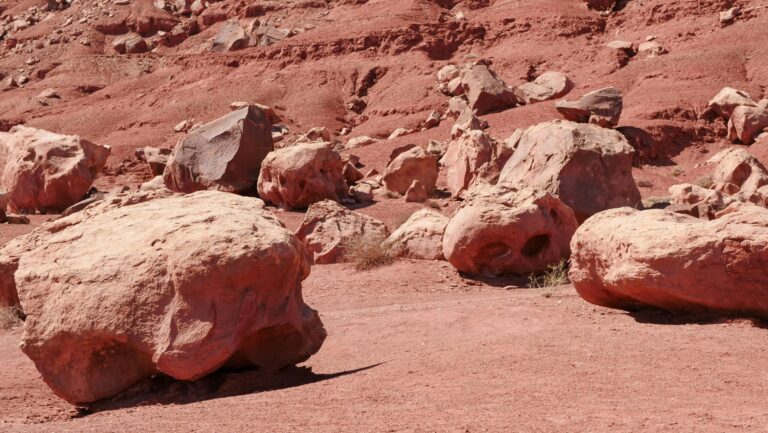
Letterly
With new technology and scientific breakthroughs left, right, and centre, Mars could be the second home of humanity. The possibility of living on the red planet sounds exciting, but stop and think: is it a good idea?

Letterly
Imagine a secret colony of talking creatures inhabiting Saturn or purple and rose-coloured aliens living on Jupiter. Whether life exists beyond Earth is one of the most intriguing and debated topics in science, and a recent discovery on Mars might answer the debate. A discovery in July of 2024, conducted by NASA scientists, uncovered a vein-filled rock on Mars that featured chemical signatures and structures that could have been formed by microbial life billions of years ago. This discovery suggests that there is a high possibility that life once inhabited Mars.

Letterly
A deep-sea mineral spire, known as Bikpela, (Big Bug in Tok Pisin, a creole language spoken throughout PNG) and first discovered in 2000 by both Australian and Papua New Guinea researchers, is going on display for the first time. Taking pride of place at the Australian National Maritime Museum’s exhibition Ultimate Depth: A Journey to the Bottom of the Sea, the spire has given valuable information about the undersea world.

Letterly
A deep-sea mineral spire, known as Bikpela, (Big Bug in Tok Pisin, a creole language spoken throughout PNG) and first discovered in 2000 by both Australian and Papua New Guinea researchers, is going on display for the first time. Taking pride of place at the Australian National Maritime Museum’s exhibition Ultimate Depth: A Journey to the Bottom of the Sea, the spire has given valuable information about the undersea world.
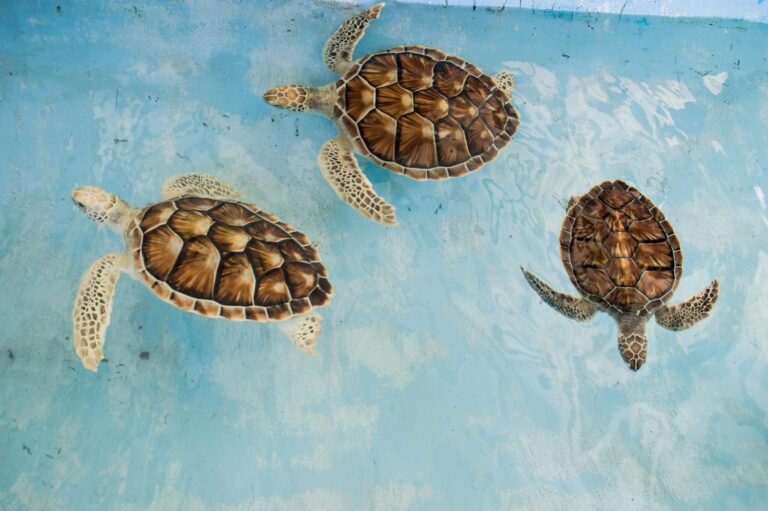
Letterly
Imagine a world without animals—no butterflies fluttering through the air, no cicadas singing in the summer, no birds soaring overhead. While this is far from our reality today, we are at risk of losing some of our beloved species, such as freshwater sea turtles. A recent joint study by the Commonwealth Scientific and Industrial Research Organisation (CSIRO) and the Queensland Department of the Environment, Tourism, Science and Innovation (DETSI) has revealed alarming signs of population decline and the toxic impact of PFAS chemicals on Queensland’s freshwater turtles, potentially pushing their populations toward collapse.
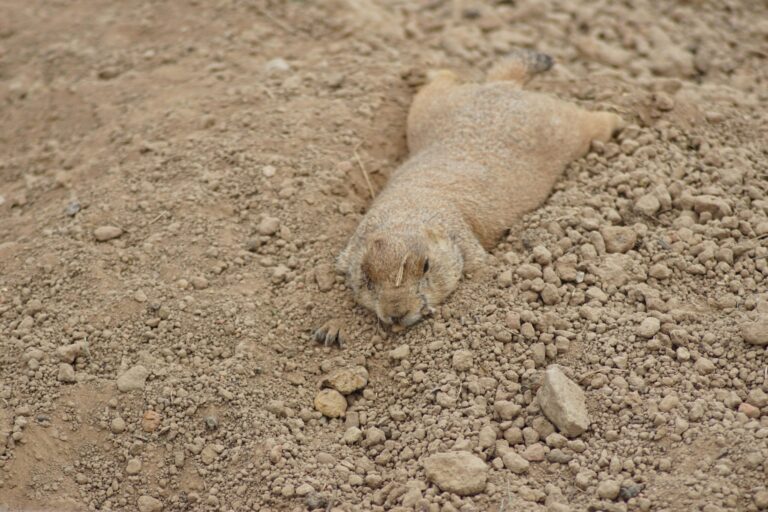
Letterly
40 years ago, scientists plopped two gophers into fenced areas at Mt St Helens to see if they could help the environment recover after a devastating volcanic explosion. The effects of the experiment decades later were far beyond the scientists’ expectations.

Letterly
The Commonwealth Scientific and Industrial Research Organisation (CSIRO) of Australia has been busy developing a new technology that allows ‘solar ink’ to be printed on plastic sheets to create thin, light, semi-transparent and flexible solar panels. Think solar panels integrated on tents for emergency or recreational purposes, panels laminated on home or office windows, panels lining the outside of greenhouses or tunnels, panels printed on clothing or even packaging – the possibilities are endless!
Sports

Letterly
Saudi Arabia will Host the 2034 World Cup Many groups are criticizing the choice that FIFA made, which is for...

Letterly
The Minnesota Timberwolves Basketball Team Have the Potential To Be the Second Best Team in the World The Minnesota Timberwolves...
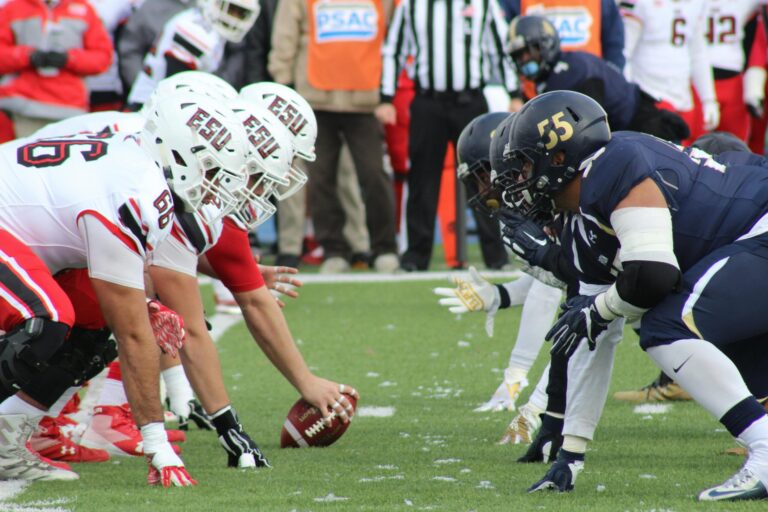
Letterly
English Football Changes as the Sport Experiences its First Blank Saturday in Two Years New Year’s Day is upon us,...
Arts

Letterly
WestJet’s Yearly Christmas Miracle Surprises Parents Once Again Canada’s airline, WestJet, is famous for its annual “Christmas Miracle.” Every year,...

Letterly
Wizard of Oz Slippers Auctioned for $28 Million The iconic ruby slippers worn by Judy Garland in The Wizard of...

Letterly
5 New Laws for New York Governor Kathy Hochul has signed nearly 700 laws that impact various people. As we...
Opinion

Letterly
As SpaceX’s Starship achieves successful test flights late last year and NASA’s Curiosity and Perseverance rovers uncover vital resources like water ice throughout the year, the dream of making Mars habitable is no longer science fiction. However, as debates about Earth’s pressing challenges and the costs of space exploration grow, the question arises: Should we embark on this journey? Mars colonisation is an inspiring step forward, one that has the potential to benefit humanity in countless ways. Here’s why.

Letterly
With new technology and scientific breakthroughs left, right, and centre, Mars could be the second home of humanity. The possibility of living on the red planet sounds exciting, but stop and think: is it a good idea?

Letterly
Imagine a secret colony of talking creatures inhabiting Saturn or purple and rose-coloured aliens living on Jupiter. Whether life exists beyond Earth is one of the most intriguing and debated topics in science, and a recent discovery on Mars might answer the debate. A discovery in July of 2024, conducted by NASA scientists, uncovered a vein-filled rock on Mars that featured chemical signatures and structures that could have been formed by microbial life billions of years ago. This discovery suggests that there is a high possibility that life once inhabited Mars.
Creative Writing

Letterly
We Australians might be accustomed to sulphur-crested cockatoos squawking in our backyards, but have you heard of gang-gang cockatoos? Gang-gangs are an endangered type of cockatoo that predominately lives in parts of the eastern coast of Australia, and there are at least two living near a storm-water drain in the inner south of the ACT!


